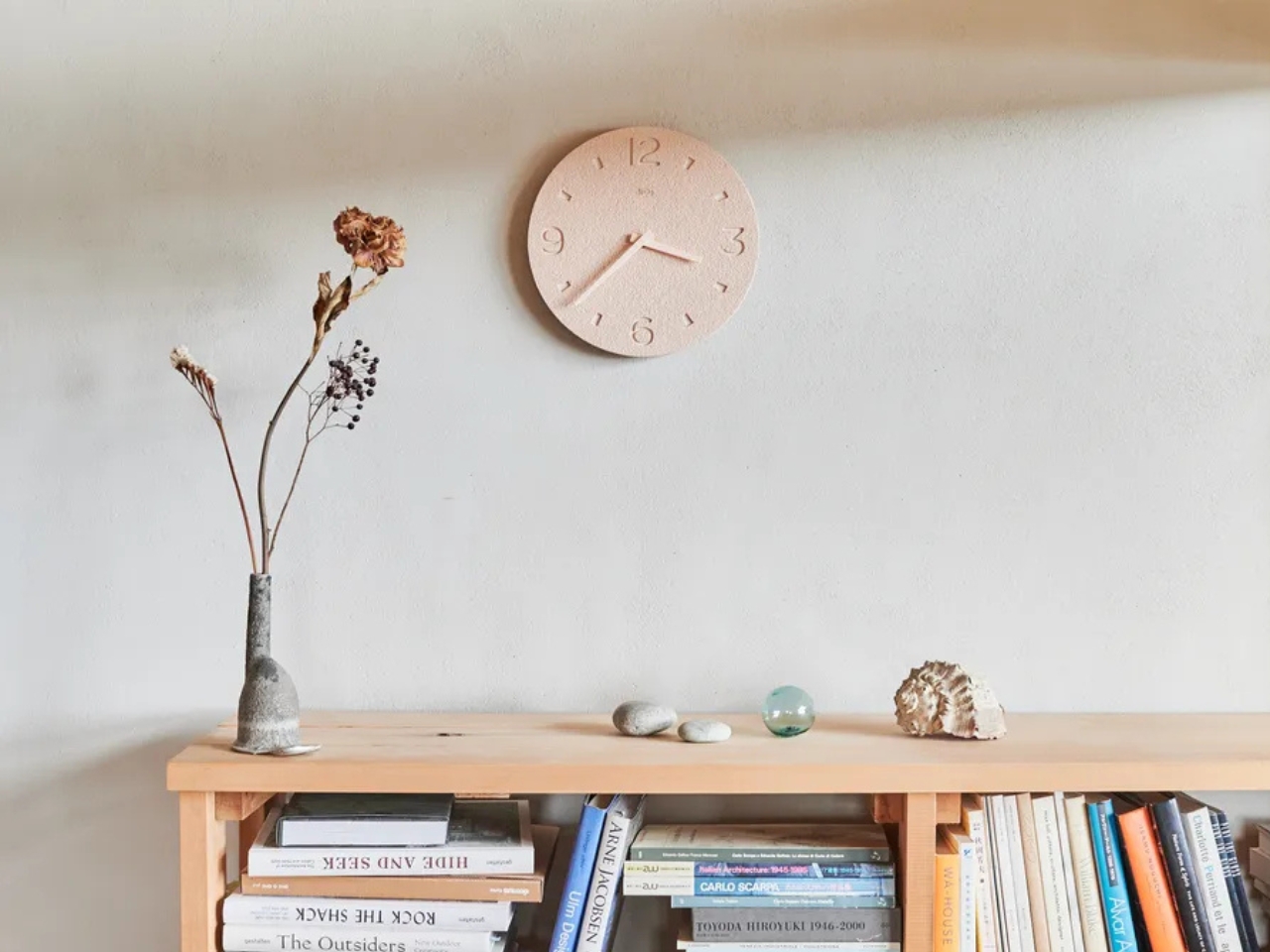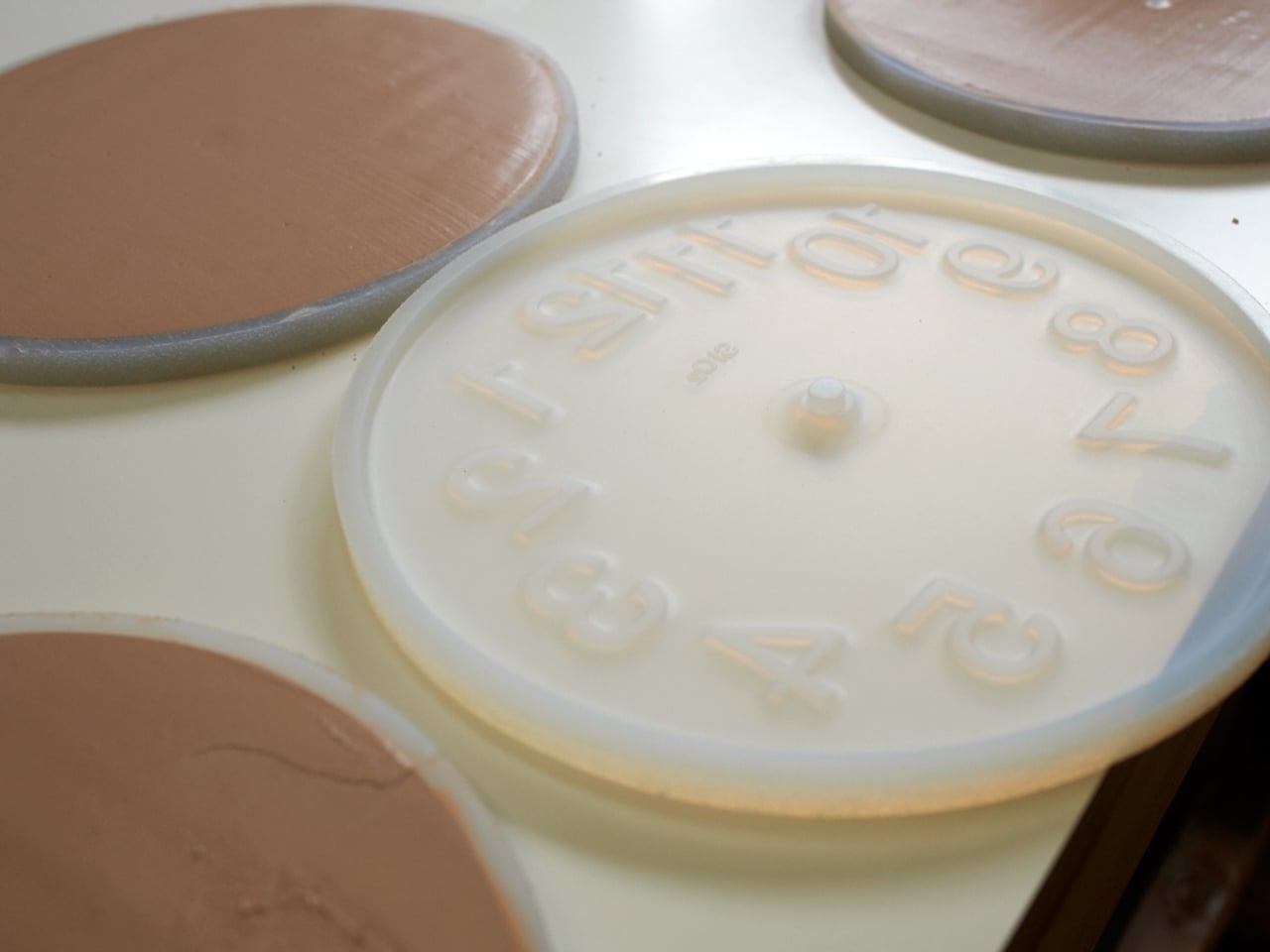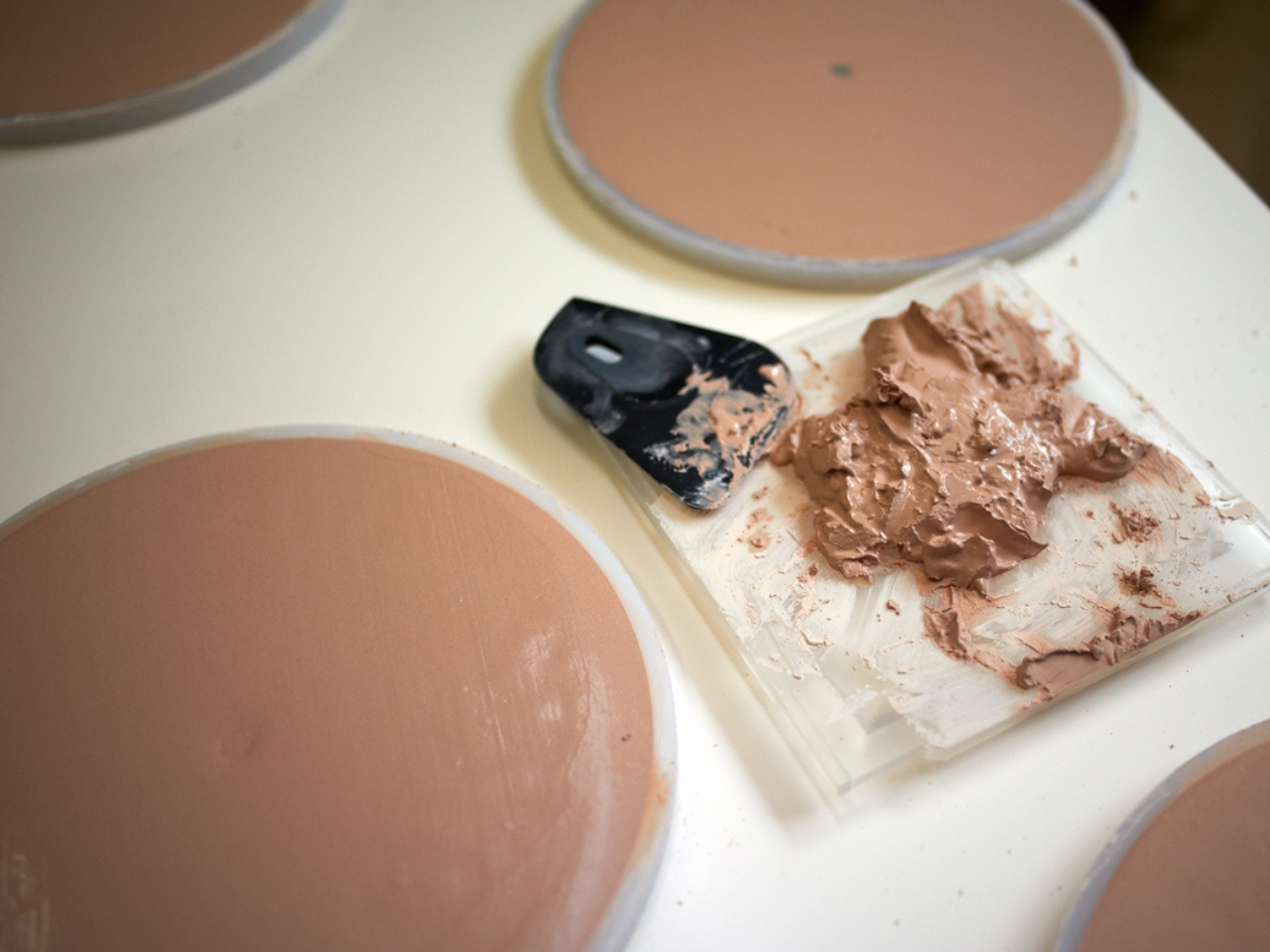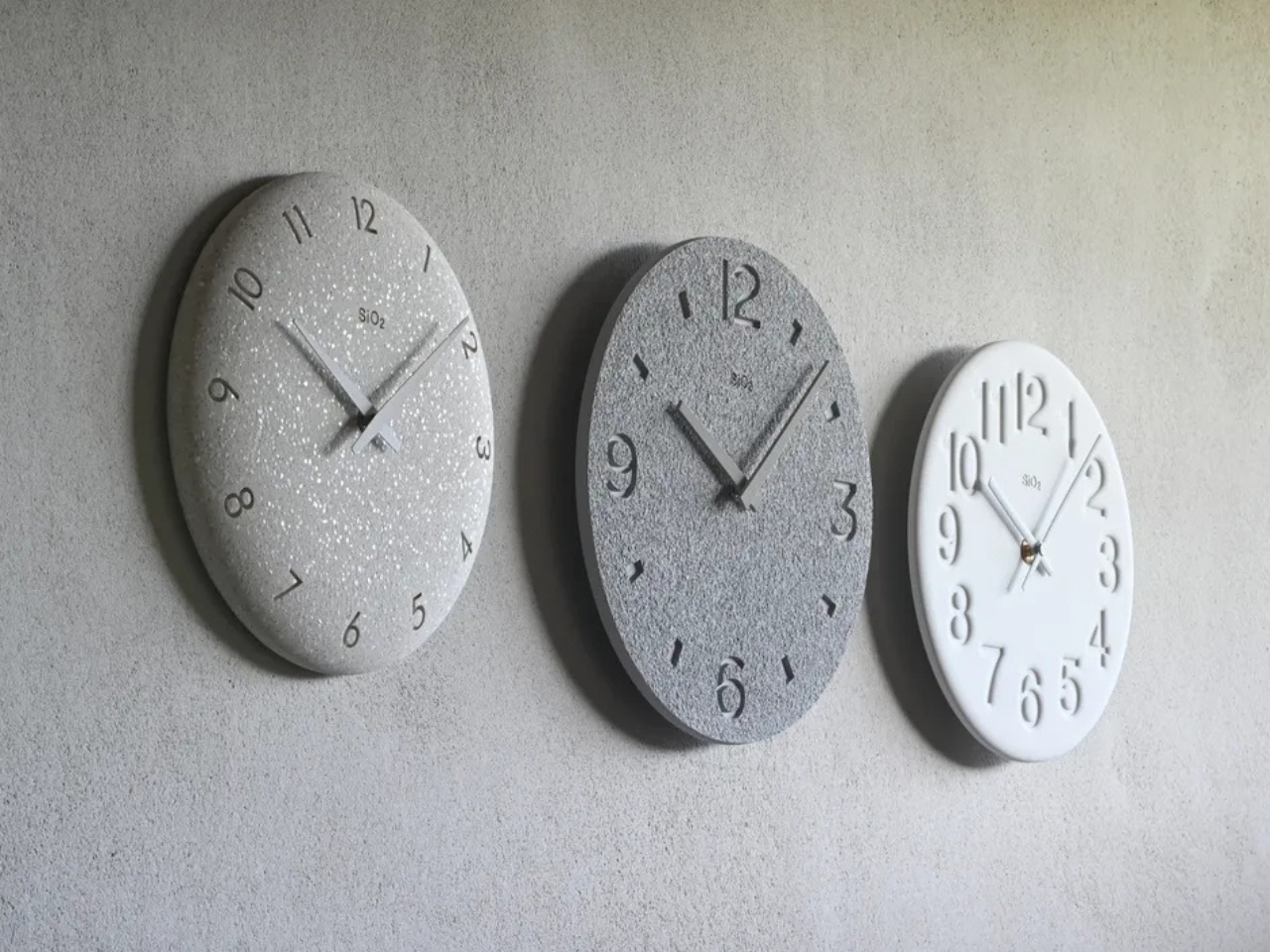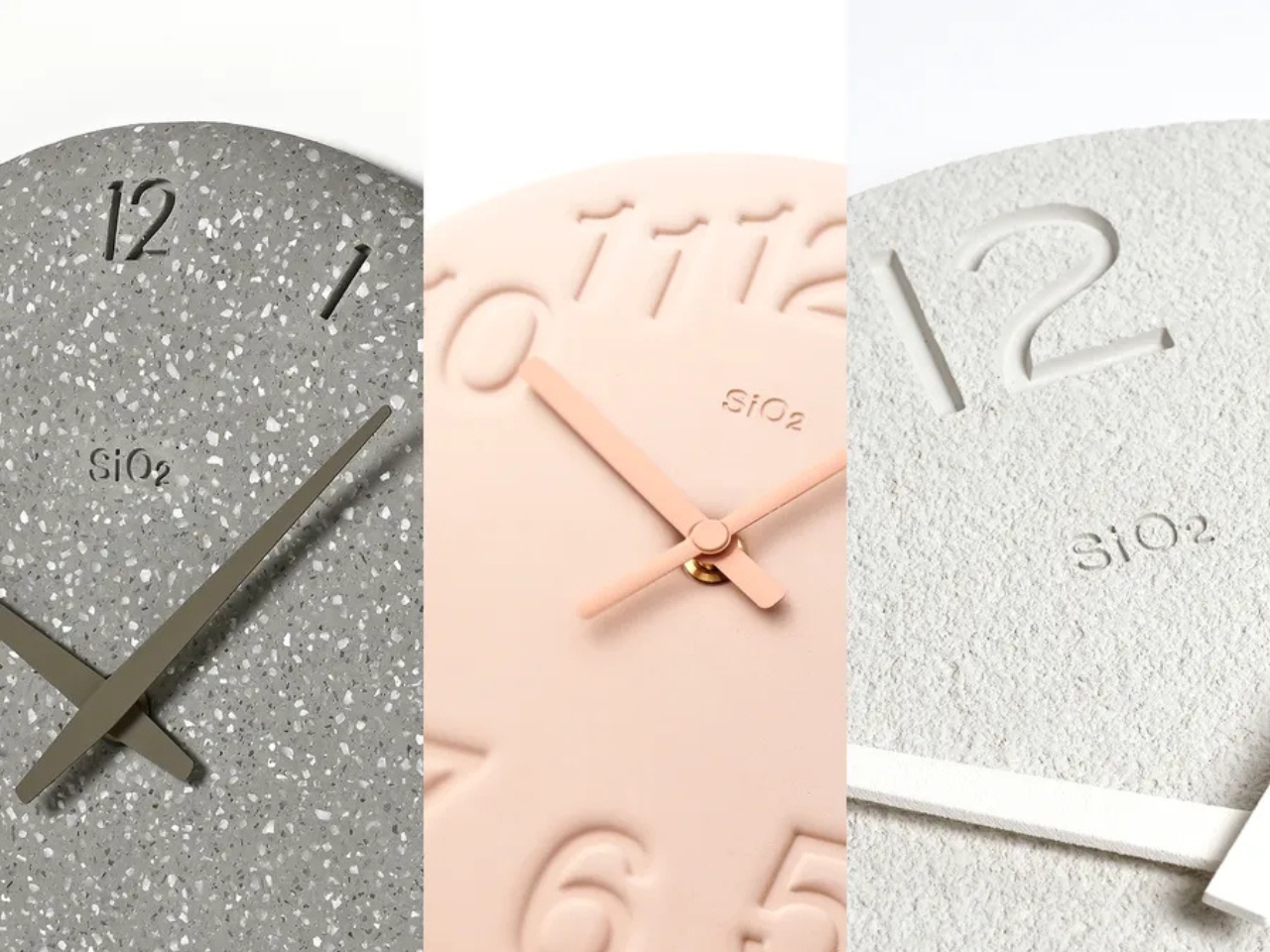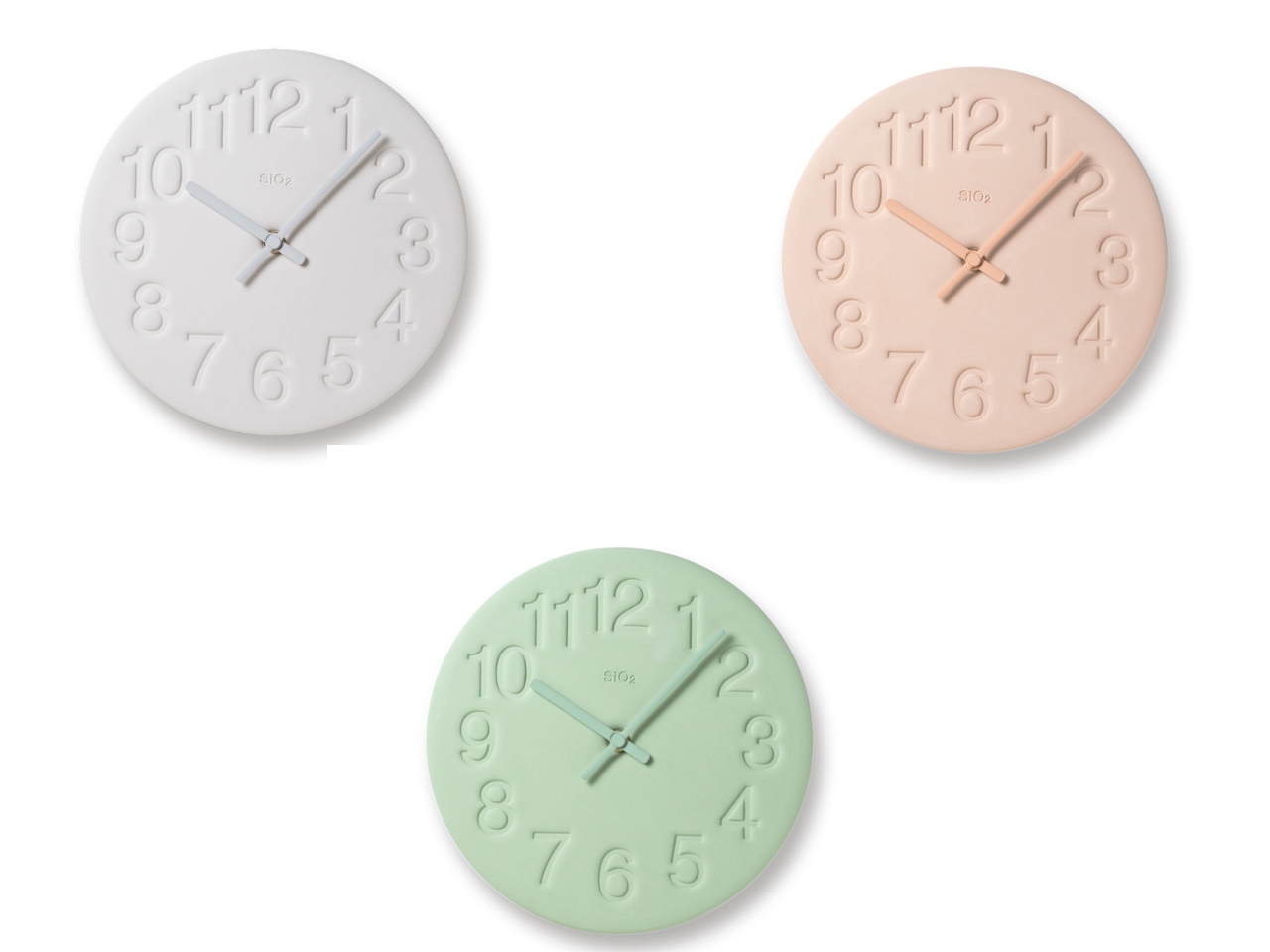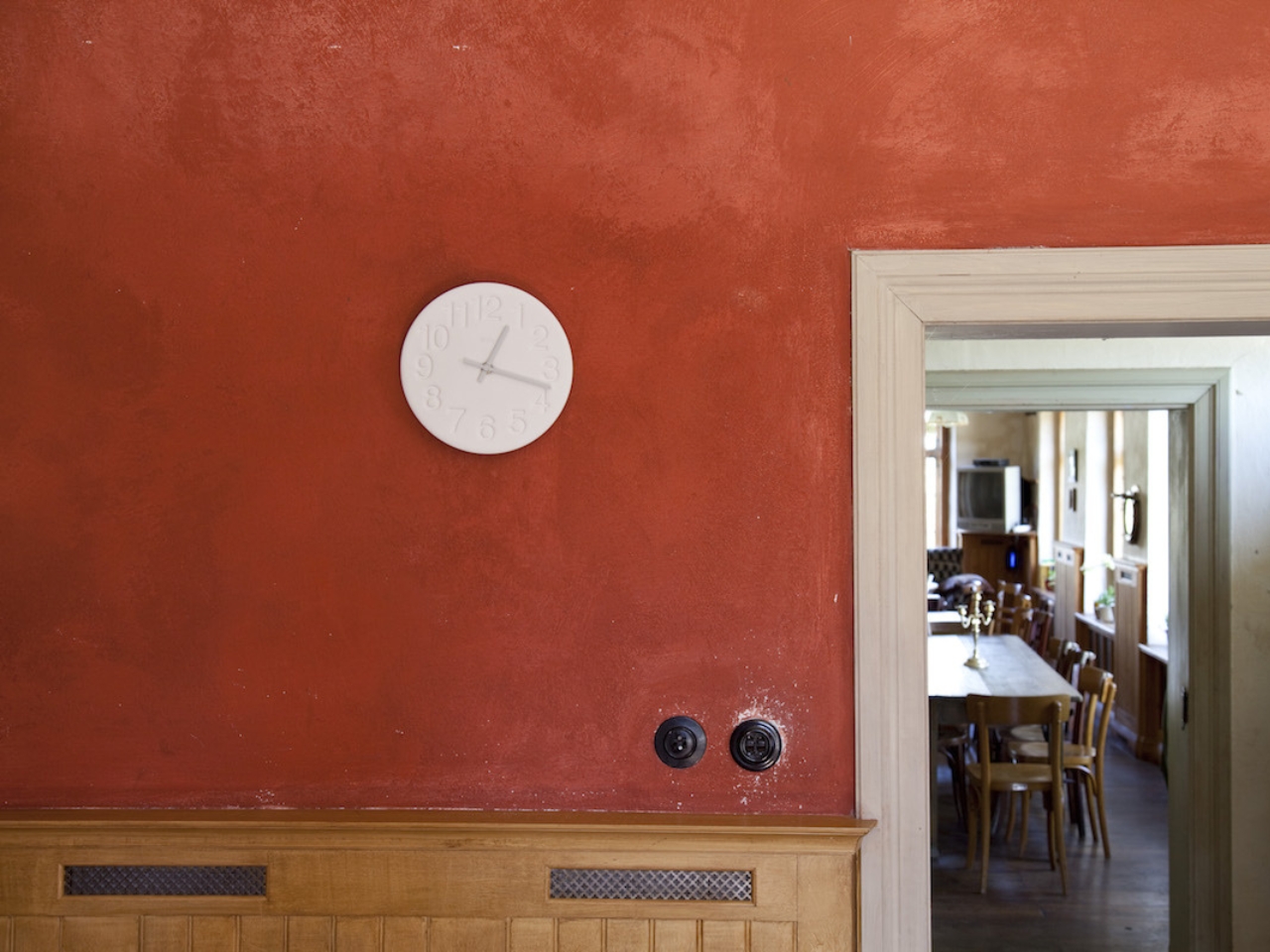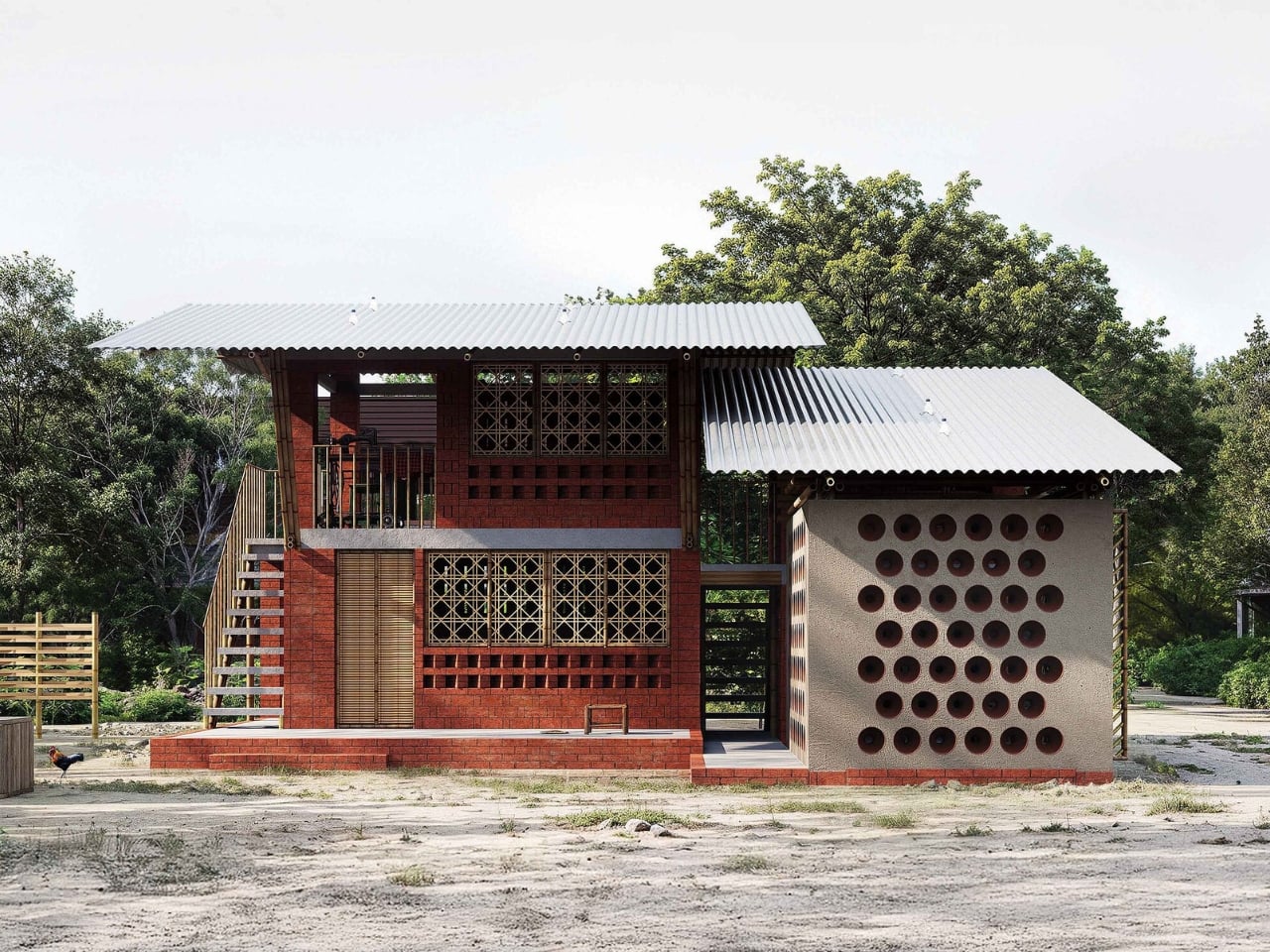
When you think of award-winning architecture, your mind probably jumps to glass towers or sleek minimalist villas with price tags that could fund a small country. But here’s something that’ll flip that script: designer Xinyun Li just proved that brilliant design doesn’t need a massive budget. In fact, she did it for less than the cost of a decent used car.
The $2,500 Vernacular Home sits in Para Dash, a bamboo village in Modonpur, Bangladesh, and it’s basically a masterclass in working with what you’ve got. Built for a multigenerational family of four (parents, their son, and his wife), this isn’t some stripped-down minimalist box. We’re talking two bedrooms, a kitchen, toilet, two cow sheds, a future child’s room, a weaving space, and even a roadside teahouse and shop. All for under $2,500. That includes materials and labor.
Designer: Xinyun Li
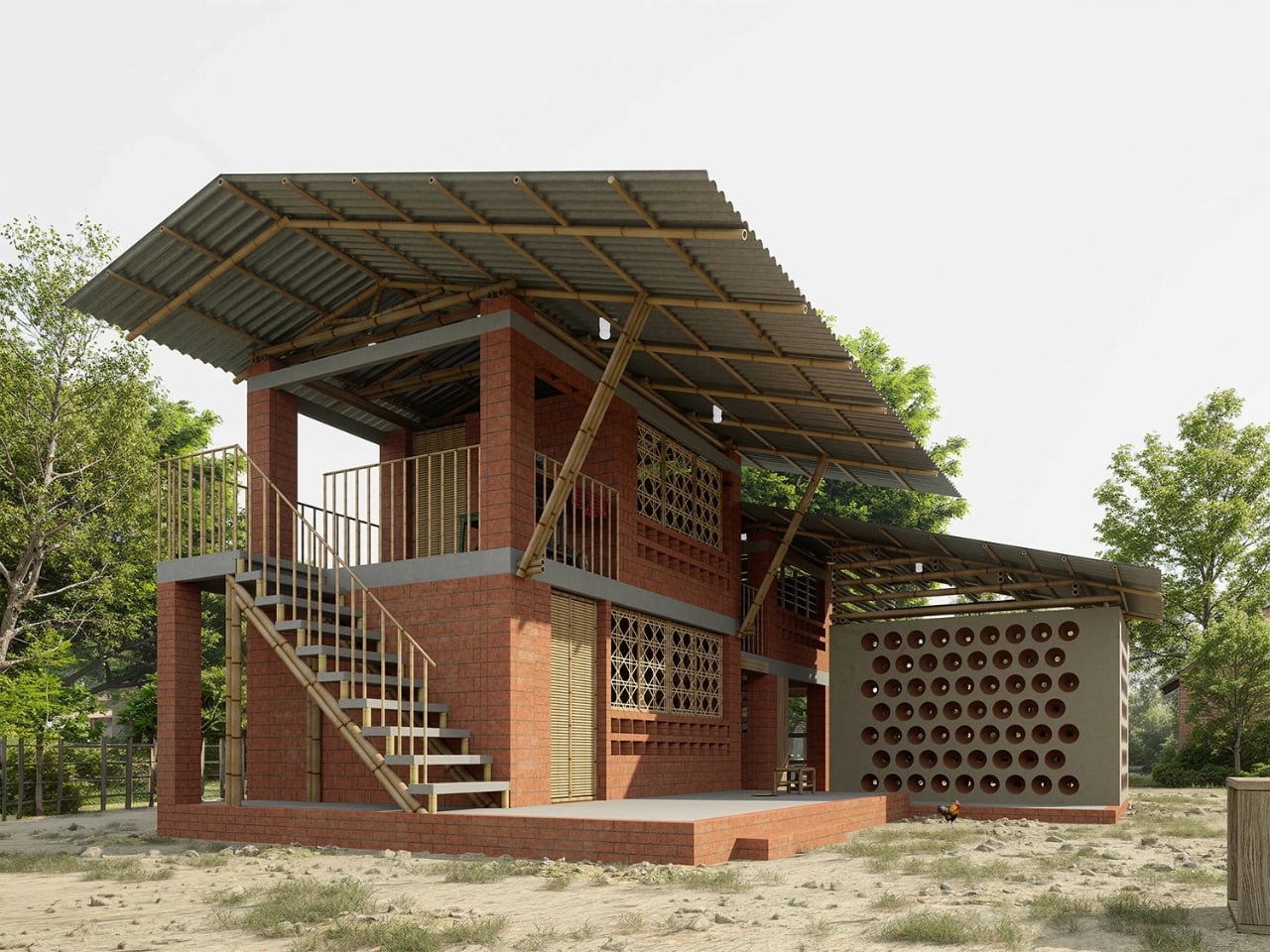
So how did Li pull this off? By going hyperlocal. Every single material came from the surrounding area. Mud, straw, and bamboo were literally gathered from nature, while bricks and tin sheets were produced nearby using local resources. No shipping costs, no imported materials, just what the land and community could provide. It’s the kind of approach that sounds simple but requires serious design chops to execute well.
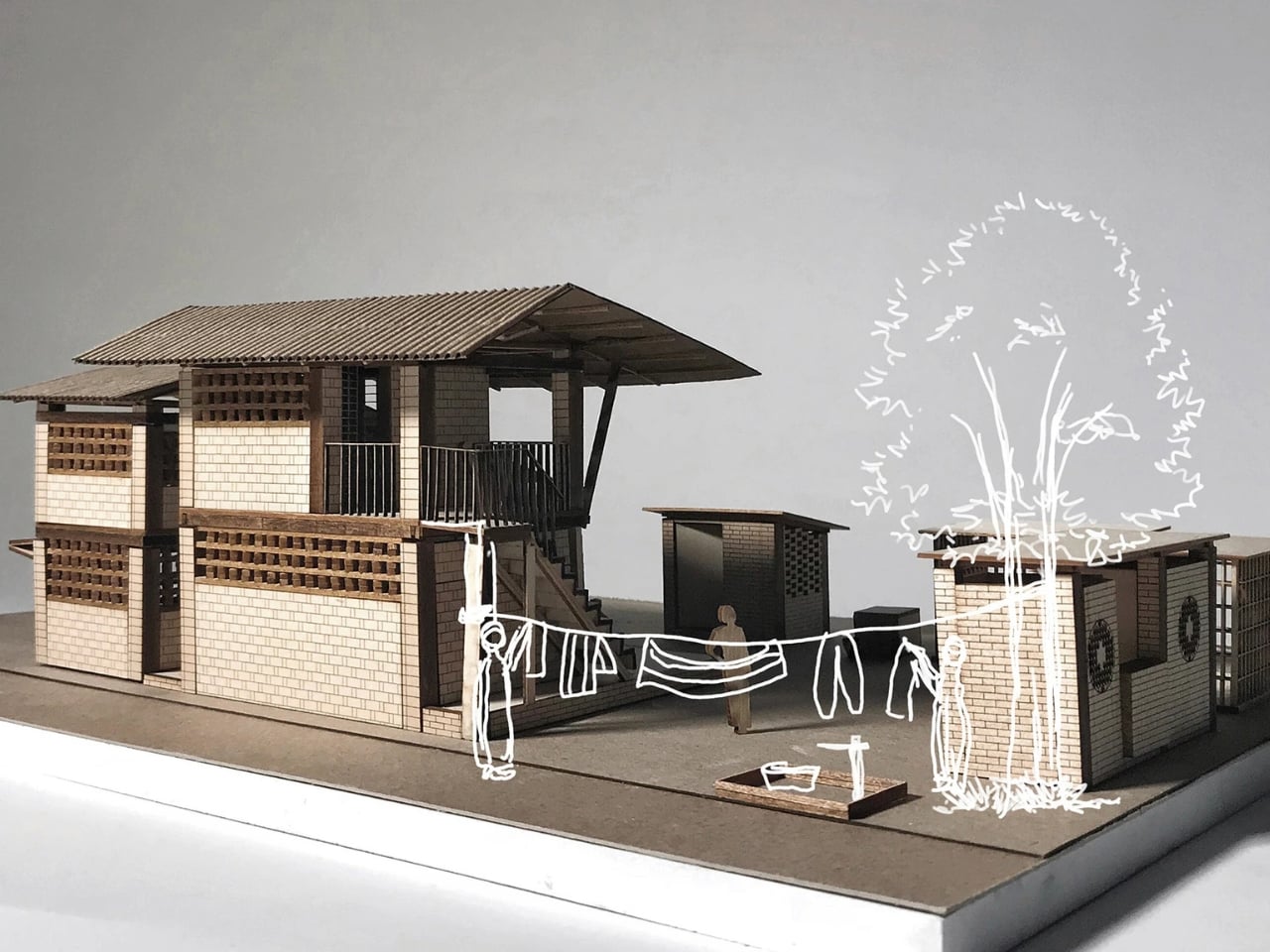
But here’s where it gets really interesting. Bangladesh isn’t exactly known for mild weather. The climate is hot, the monsoon season is long, and flooding is a legitimate concern. Li didn’t just slap together some walls and call it a day. She designed the entire house to work with (not against) these environmental challenges. The structure sits on raised plinths to protect against flooding, while steeply pitched roofs ensure rainwater runs off efficiently rather than pooling. The room layout itself is strategic, arranged to maximize cross-ventilation. Windows are placed at varying heights on windward and leeward sides, creating a natural airflow that pushes hot air out. No AC needed.
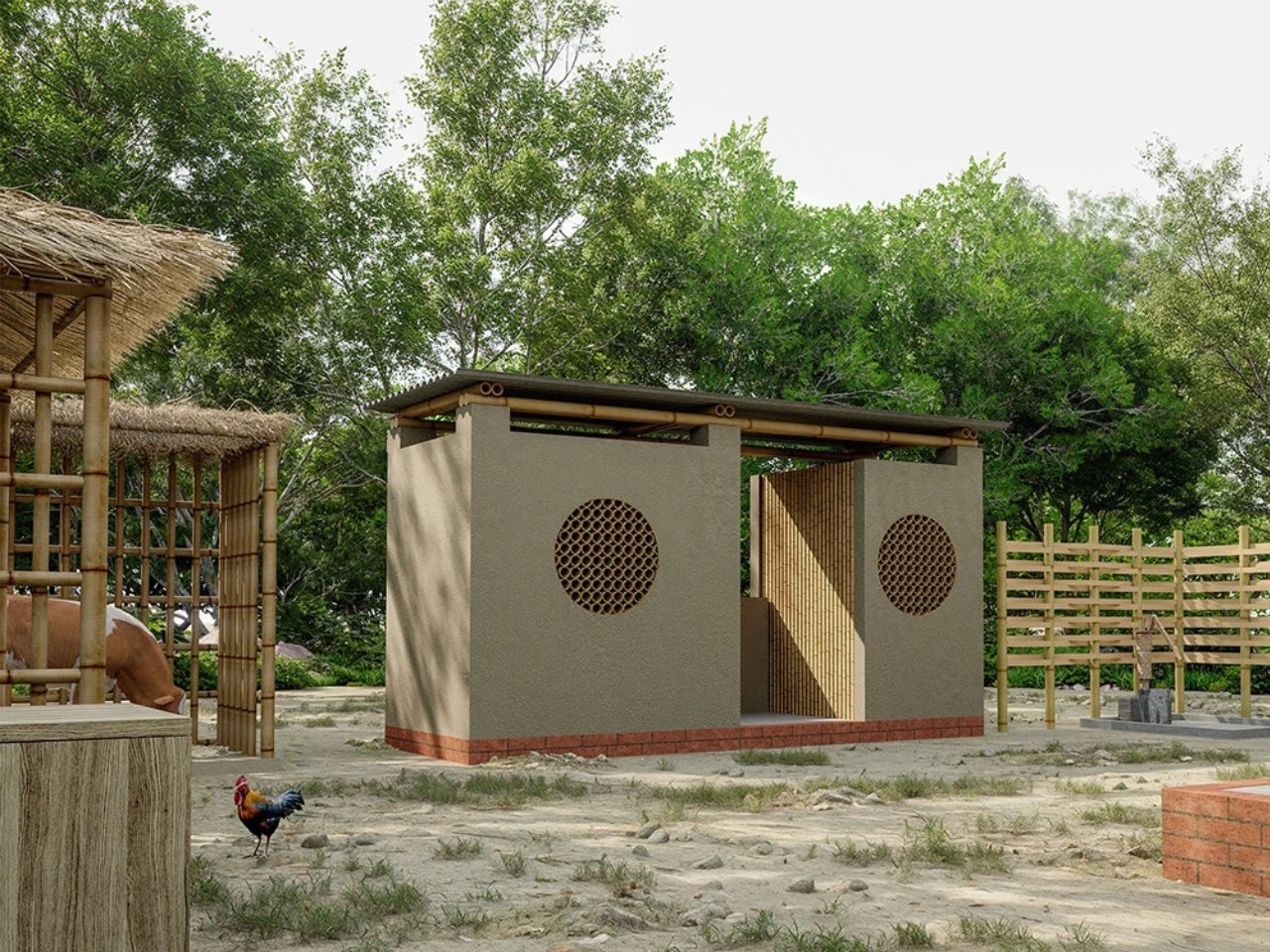
Then there’s my favorite detail: those clay pots you can see dotting the mud walls of the teahouse. They’re not decorative (though they look pretty cool). These locally made pots from a neighboring village are actually functional. When inserted into the wall, they compress airflow and help cool the incoming air, creating a more comfortable microclimate inside. It’s ancient technology meets contemporary design thinking, and it’s genius.
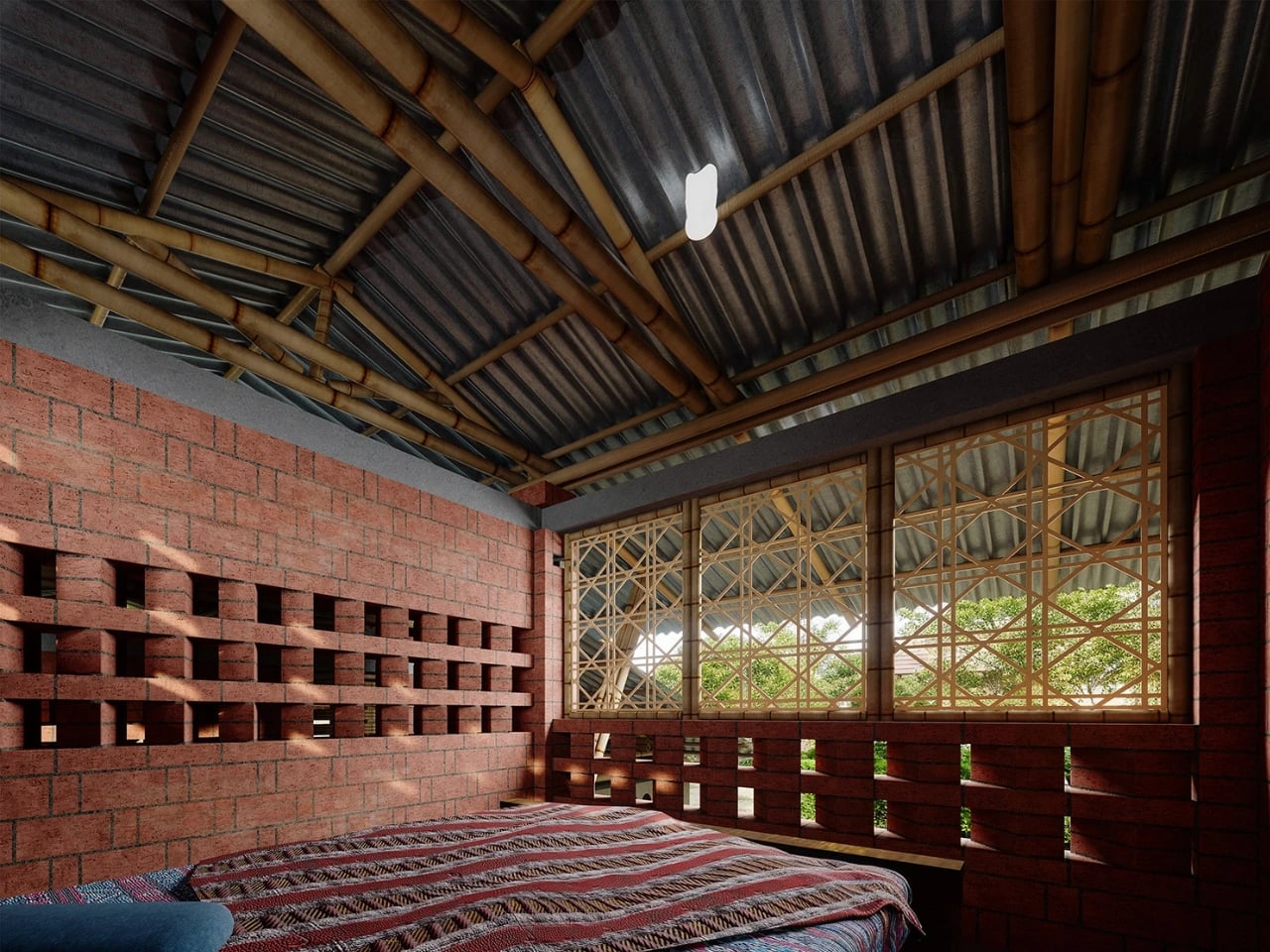
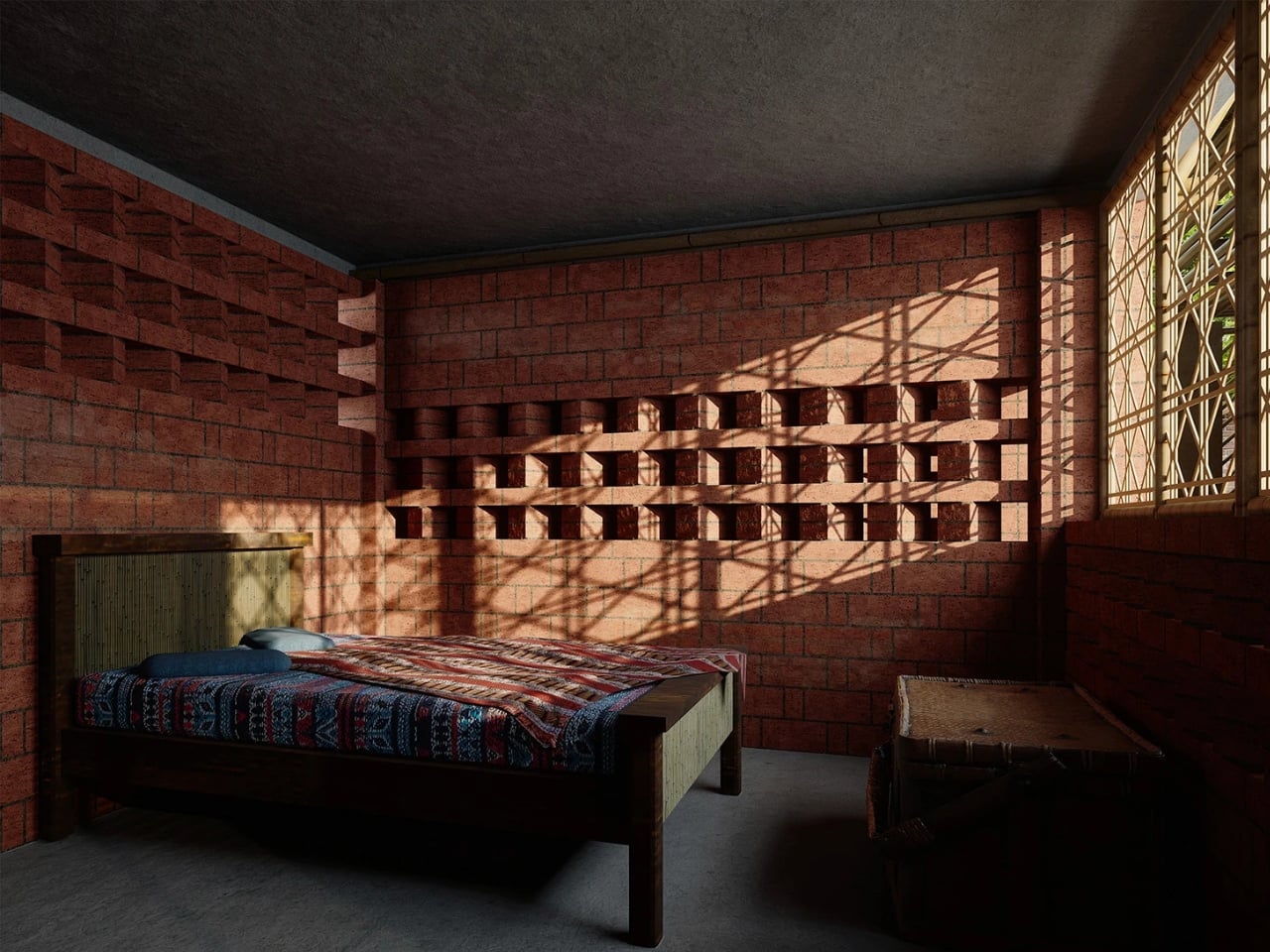
Since electricity is limited in the area, Li integrated something called “liter bottles of light” into the roof. These simple devices (basically plastic bottles filled with water) refract sunlight and illuminate interior spaces during the day without requiring any power. It’s the kind of low-tech, high-impact solution that reminds you innovation doesn’t always mean adding more technology.
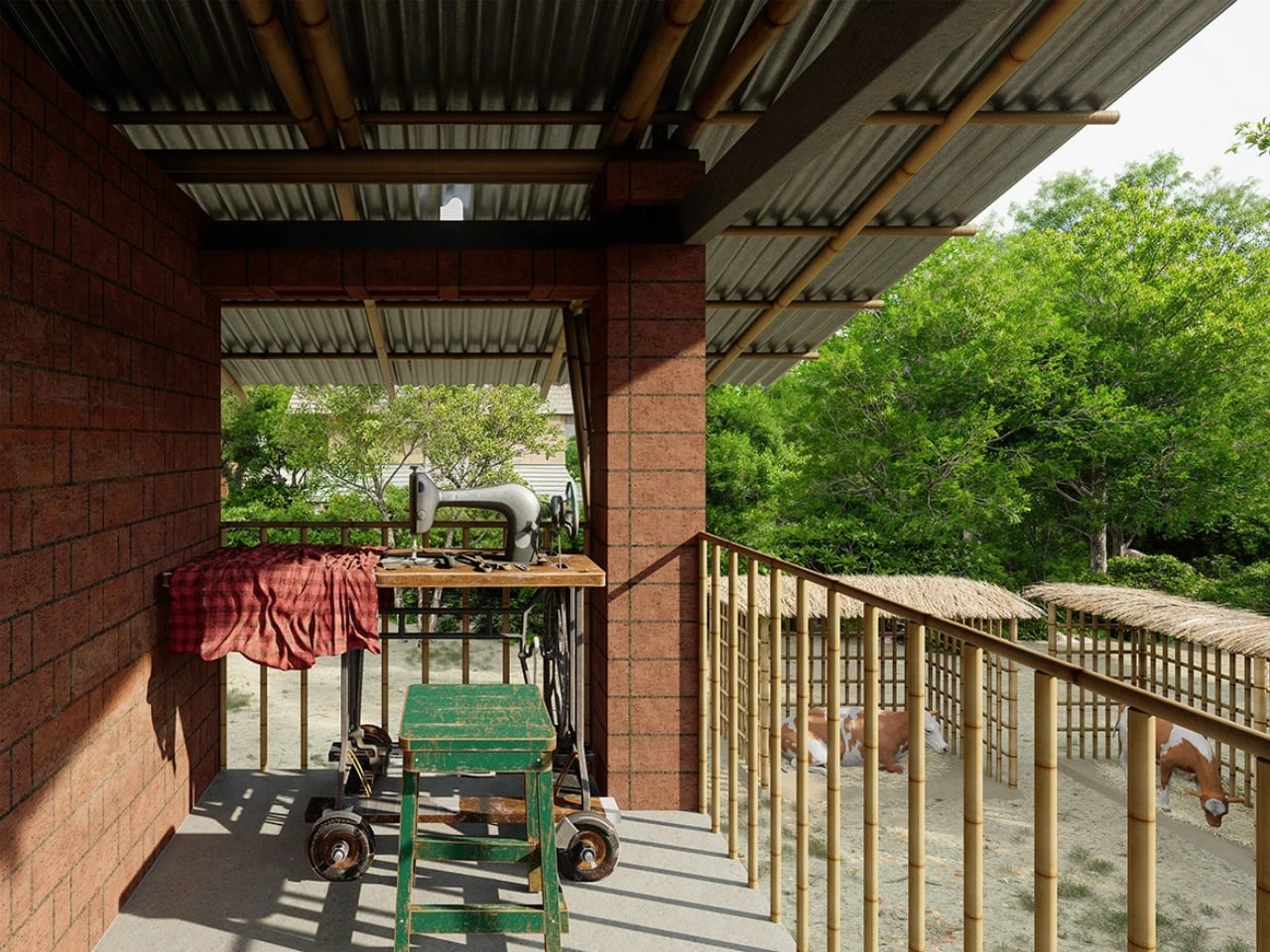
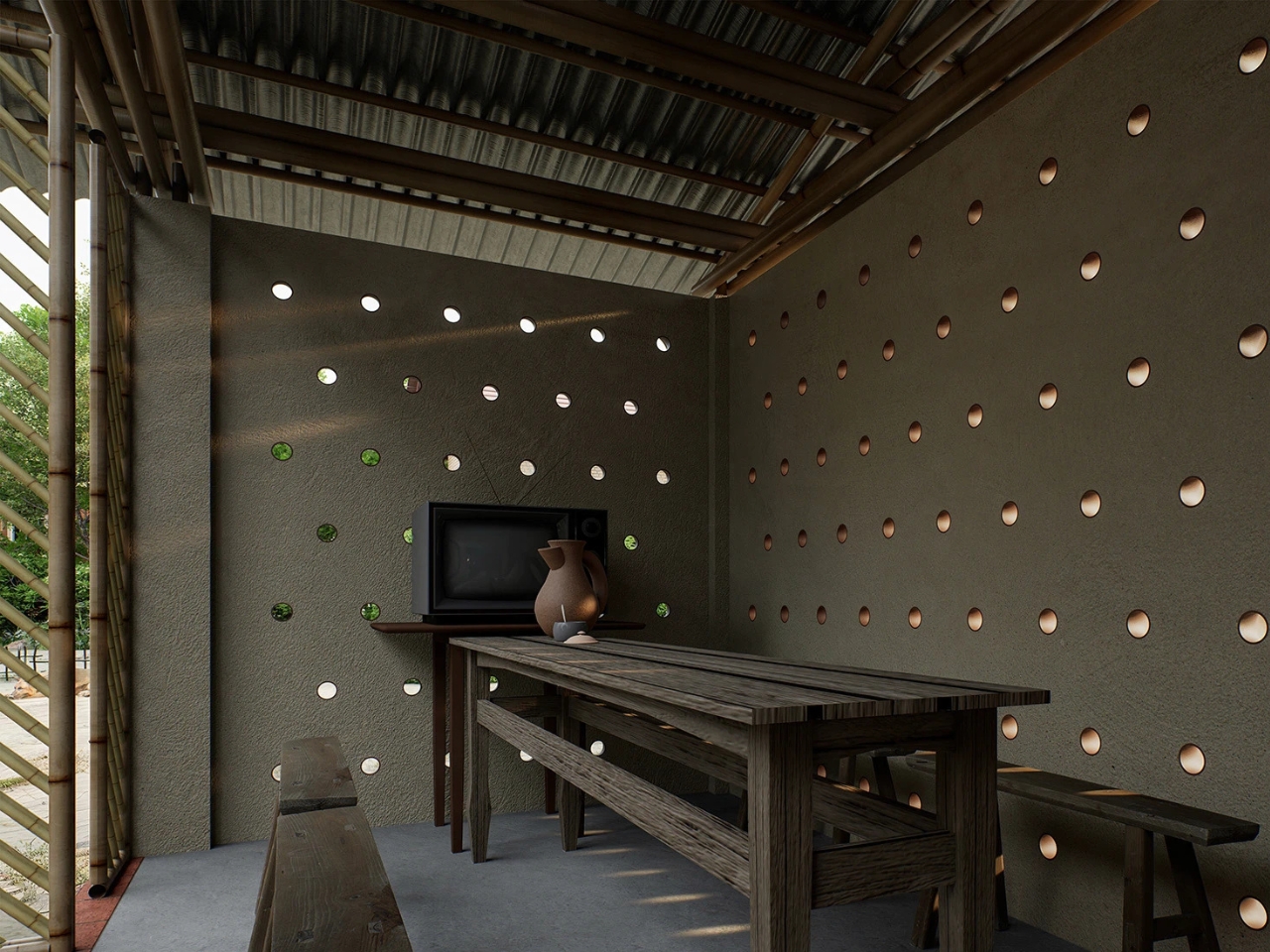
The layout also reflects a deep understanding of how this family actually lives. The daughter-in-law has a small weaving space on an upper-level balcony right outside her bedroom. She can work on her craft while staying connected to what’s happening with the rest of the family below. Meanwhile, the parents’ teahouse and shop sit at the edge of the courtyard along the village road. It’s positioned perfectly to give the main home privacy while remaining accessible to community members who stop by.
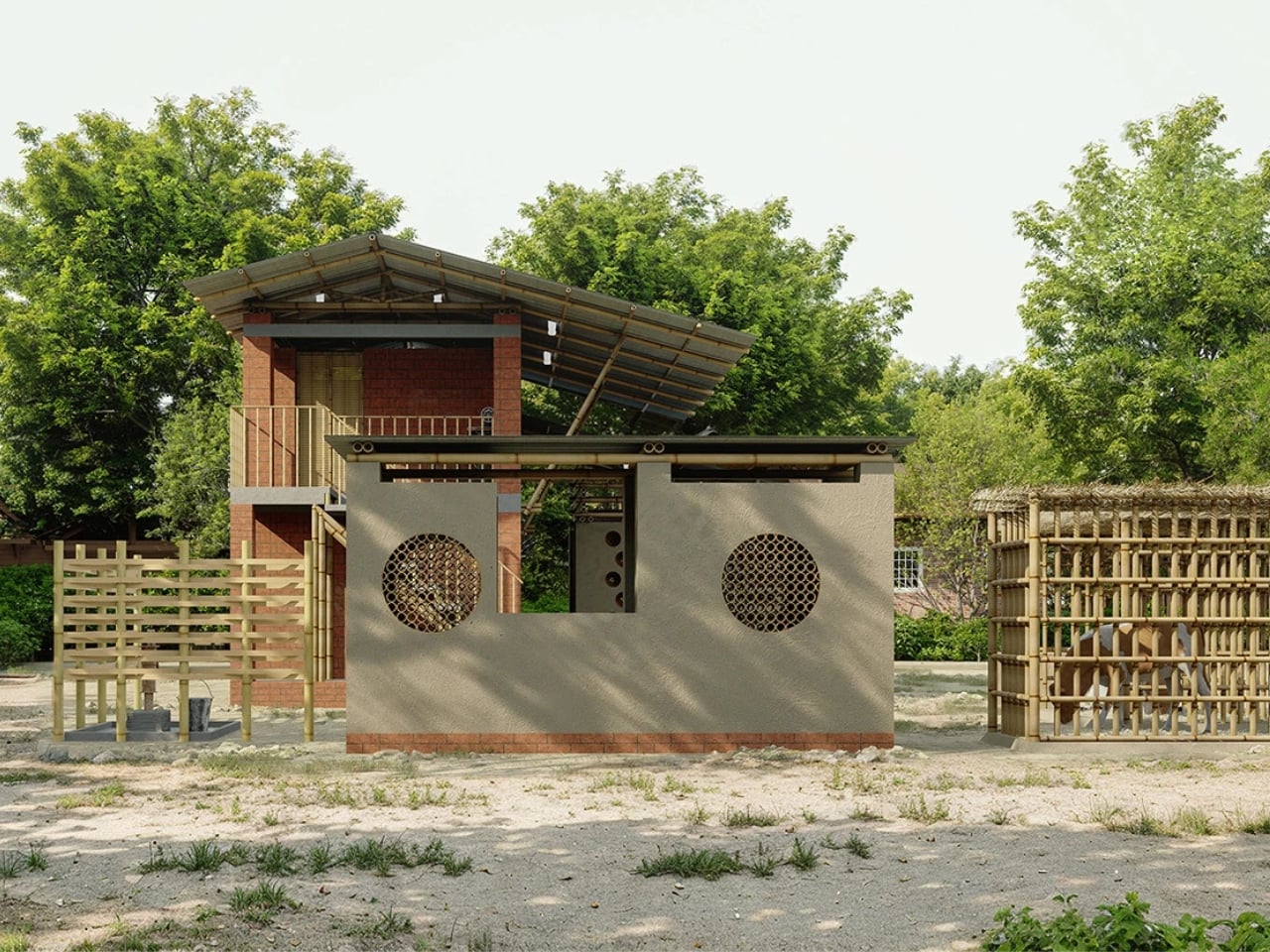
What makes this project so compelling isn’t just the low price tag (though that’s impressive). It’s that every decision, from materials to building methods, is rooted in local knowledge and ecology. The brick openings aren’t random; they’re carefully designed to enhance ventilation. The bamboo screens filter light beautifully while maintaining privacy. Even the tin roofs, which might seem like a purely practical choice, become part of the home’s aesthetic identity.
This is what true vernacular architecture looks like when it’s done right. It’s not about imposing some outside design vision onto a place. It’s about listening to the land, the climate, the culture, and the people who will actually live there. Li created a home that’s resilient, adaptable, and beautiful, all while proving that thoughtful design can be radically affordable.
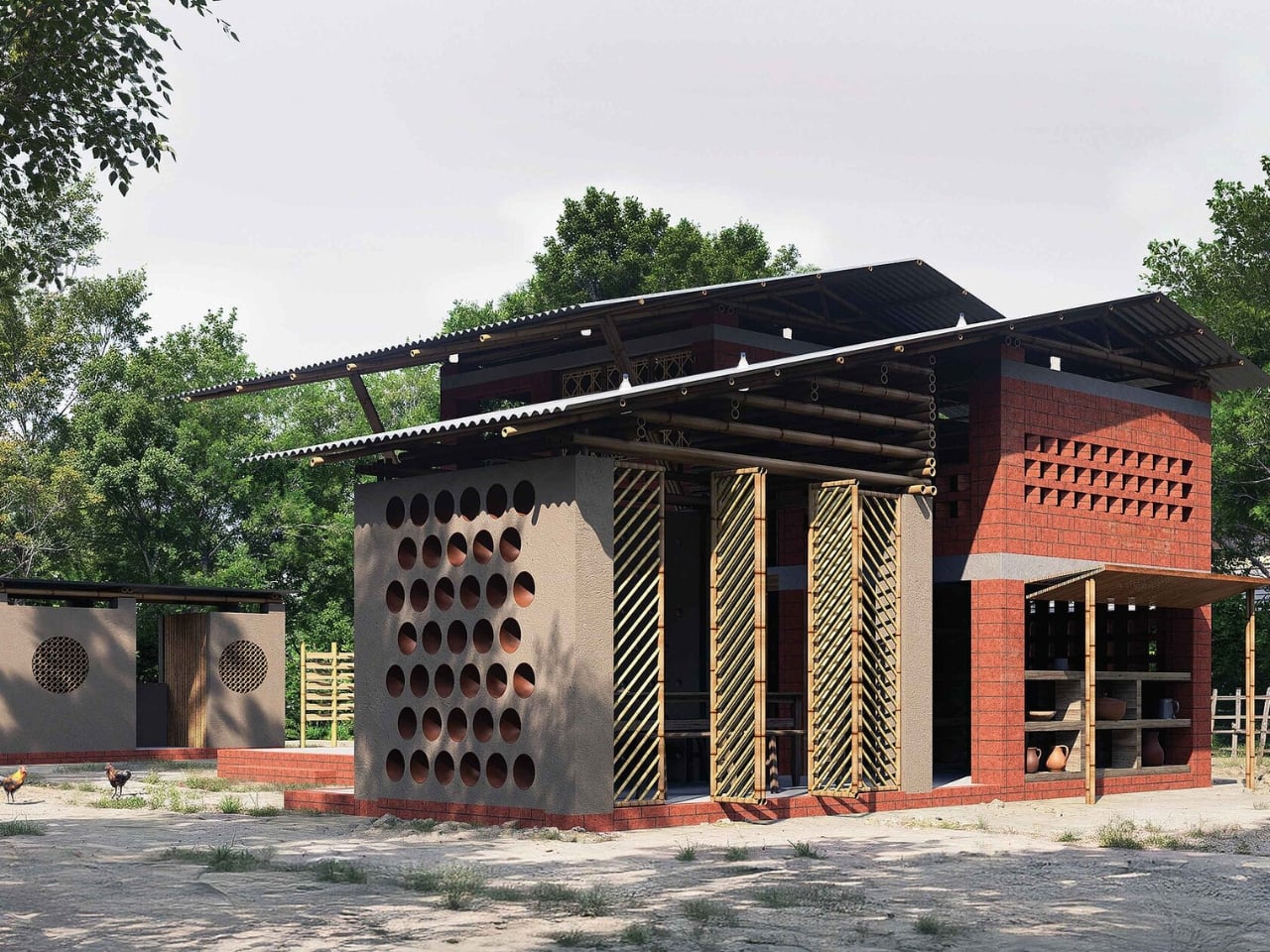
The post This $2,500 Home Uses Clay Pots to Beat the Heat first appeared on Yanko Design.
